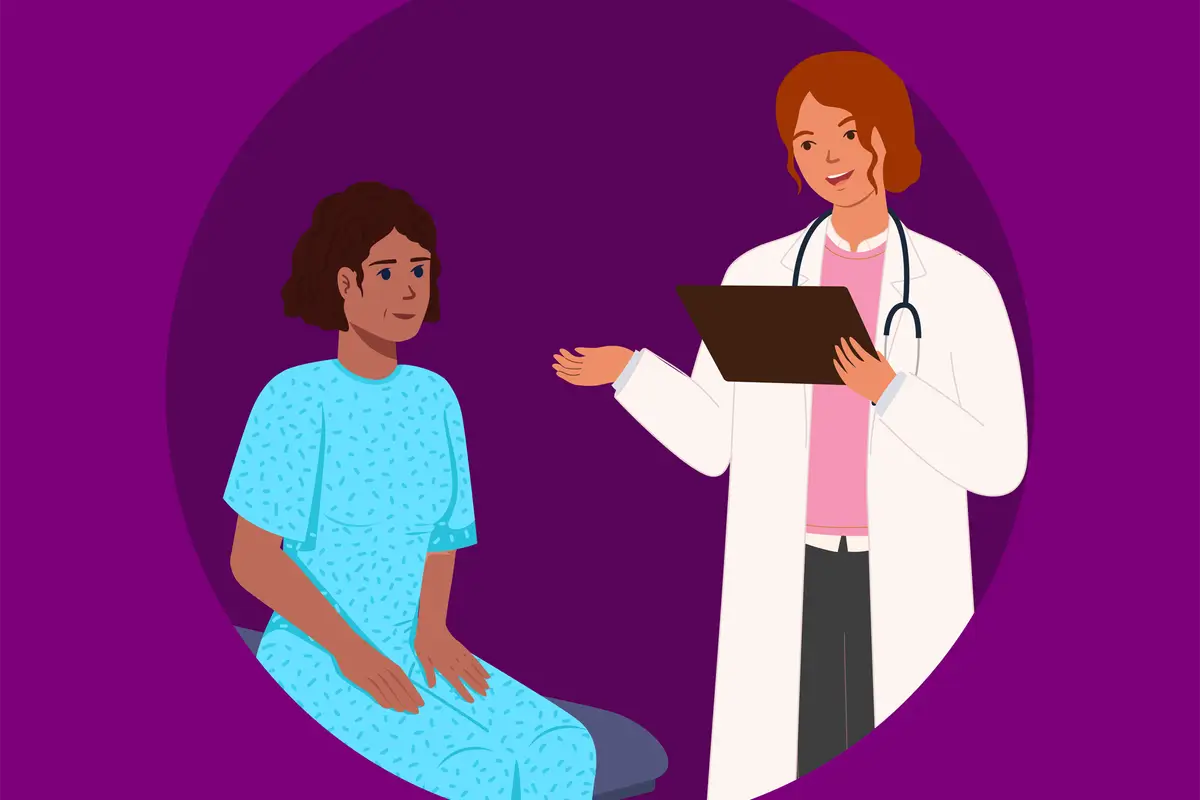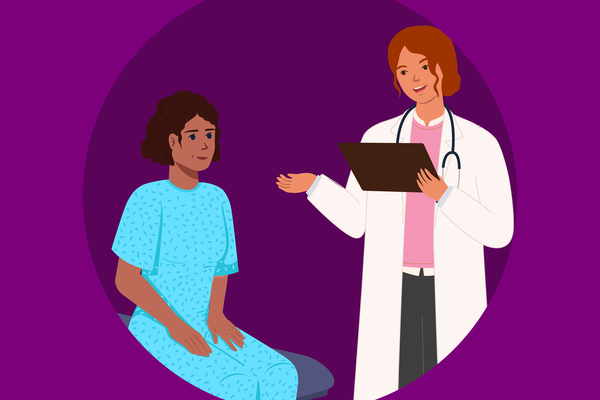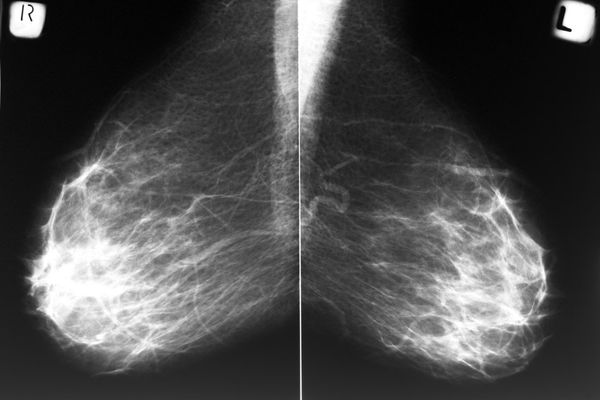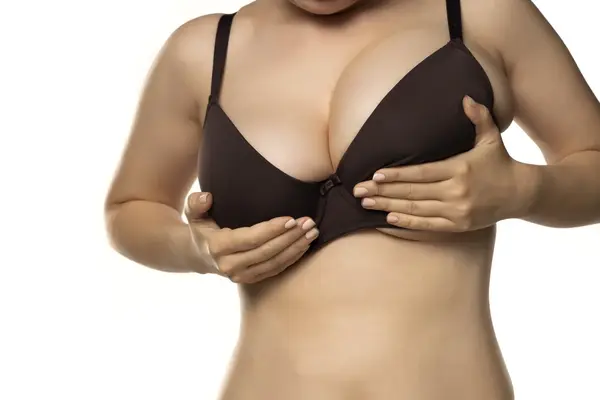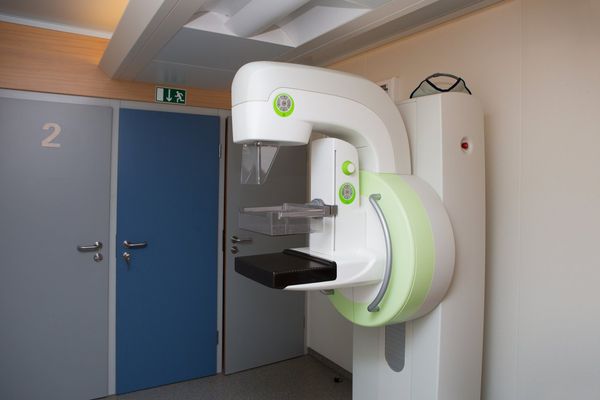Slide 1
What You Need to Know About a Breast Biopsy
Slide 2:
What is a breast biopsy?
A breast biopsy is a procedure that removes a small amount of tissue and checks it for cancer if something looks suspicious or has been found in your breast during screening.
8 out of 10 breast biopsies come back negative, but it’s important to check.
Slide 3:
What happens during a breast biopsy?
A breast surgeon or radiologist will collect tissue and test it for abnormal cells.
There are three ways to do this:
- Fine needle aspiration
- Core needle biopsy
- Surgery
- Incisional: removes tissue or part of a lump
- Excisional: removes an entire lump or suspicious area
Slide 4:
Fine needle aspiration
A thin needle with an attached syringe is inserted into the lump to collect cells or fluid to evaluate the lump.
Outpatient procedure in a healthcare provider’s office.
Slide 5:
Core needle biopsy
A long, hollow needle is guided into the lump after the area has been numbed.
Takes more tissue than fine needle aspiration.
Usually assisted by a mammogram, MRI or ultrasound.
Outpatient procedure in a healthcare provider’s office.
Slide 6:
Surgical biopsy
Surgical tools are used to remove tissue, part of a lump or an entire lump.
Performed when a needle biopsy:
- Can’t reach the mass
- Can’t remove enough tissue
- Previously produced unclear results
Takes place in an operating or procedure room using general anesthesia.
Slide 7:
What are markers or clips?
Sesame-seed-sized markers made of titanium or stainless steel are inserted in your breast during a biopsy and remain there to pinpoint a lump’s precise location and allow healthcare providers to watch the affected area.
Can’t be felt and won’t set off metal detectors.
Slide 8:
Questions to ask your doctor before your biopsy
Which type of biopsy will I have?
How long does a breast biopsy take?
Will the biopsy leave a scar?
Will you remove the whole lump?
Will I be awake?
How soon can I resume regular activities?
When will I get the results?
Slide 9:
Tips for minimizing pain
Wear a bra and a button-down shirt to the appointment. Using ice packs in your bra afterward can minimize discomfort and reduce swelling.
Breathing and visualization can help reduce pain during the procedure.
Slide 10:
During recovery
Follow your healthcare provider’s care instructions.
Expect bruising, swelling and/or tenderness for up to a couple of weeks.
Take a mild pain reliever like ibuprofen, acetaminophen or naproxen.
Wait to resume normal activities until the following day.
Results can take several hours to several days.
This educational resource was created with support from Daiichi Sankyo & Hologic.

